Did you know some electric cars lose over 80% of their value in a decade? Beware—some EVs lose nearly 90% of their value in ten years, turning your "green" investment into a financial sinkhole. Depreciation impacts resale value, leasing costs, and total ownership expenses, making it a critical factor for car shoppers.
Why? Battery degradation, rapid tech obsolescence, and shifting market demand leave older EVs struggling.
A Boohoff Law study reveals the 10 worst performers—led by the Tesla Model S, which drops 89.75% in value, followed by the Fiat 500e at 88.33%. Even "affordable" EVs like the Nissan Leaf lose 82%. If you think leasing or selling your EV later will soften the blow, think again. These numbers prove not all EVs hold value equally—and some are financial time bombs.
See also:
How EV Depreciation Works: Why Electric Vehicles Depreciate Faster Than Gas Cars

EVs lose value far faster than gas cars—studies show the average 10-year depreciation for EVs is 60-90%, while gas cars typically lose 50-70%. The gap widens due to battery degradation, a major fear for used buyers.
A 10-year-old EV’s battery may hold 30-40% less range, and replacements can cost $5,000-$20,000, killing resale value. Tech obsolescence hits EVs harder.
A 2015 EV might have half the range of a 2025 model, with slower charging and outdated software. Gas cars age more gracefully—engine tech evolves slowly, but EV advancements are revolutionary, making older models seem archaic.
Consumer skepticism also plays a significant role. Many buyers distrust used EV battery health, and with limited warranty coverage, they’re seen as risky. Gas cars have predictable maintenance, while EVs suffer from uncertain longevity.
At 10 years, these factors converge—batteries weaken, tech feels ancient, and demand plummets. Gas cars at this age still have a strong used market; EVs often become near-worthless. Unless battery tech stabilizes, this depreciation disaster won’t change soon.
The 10 EVs With The Worst 10-Year Depreciation (2015-2025)
The electric vehicle market has evolved dramatically over the past decade, but early adopters paid a steep price—literally. These 10 EVs have suffered the most catastrophic depreciation, losing 78-90% of their value since 2015. If you own one of these models, you might be in for a rude shock when it’s time to sell.
1. Tesla Model S (2015) – 89.75% Depreciation
MSRP (2015): $95,600 → 2025 Value: $9,800
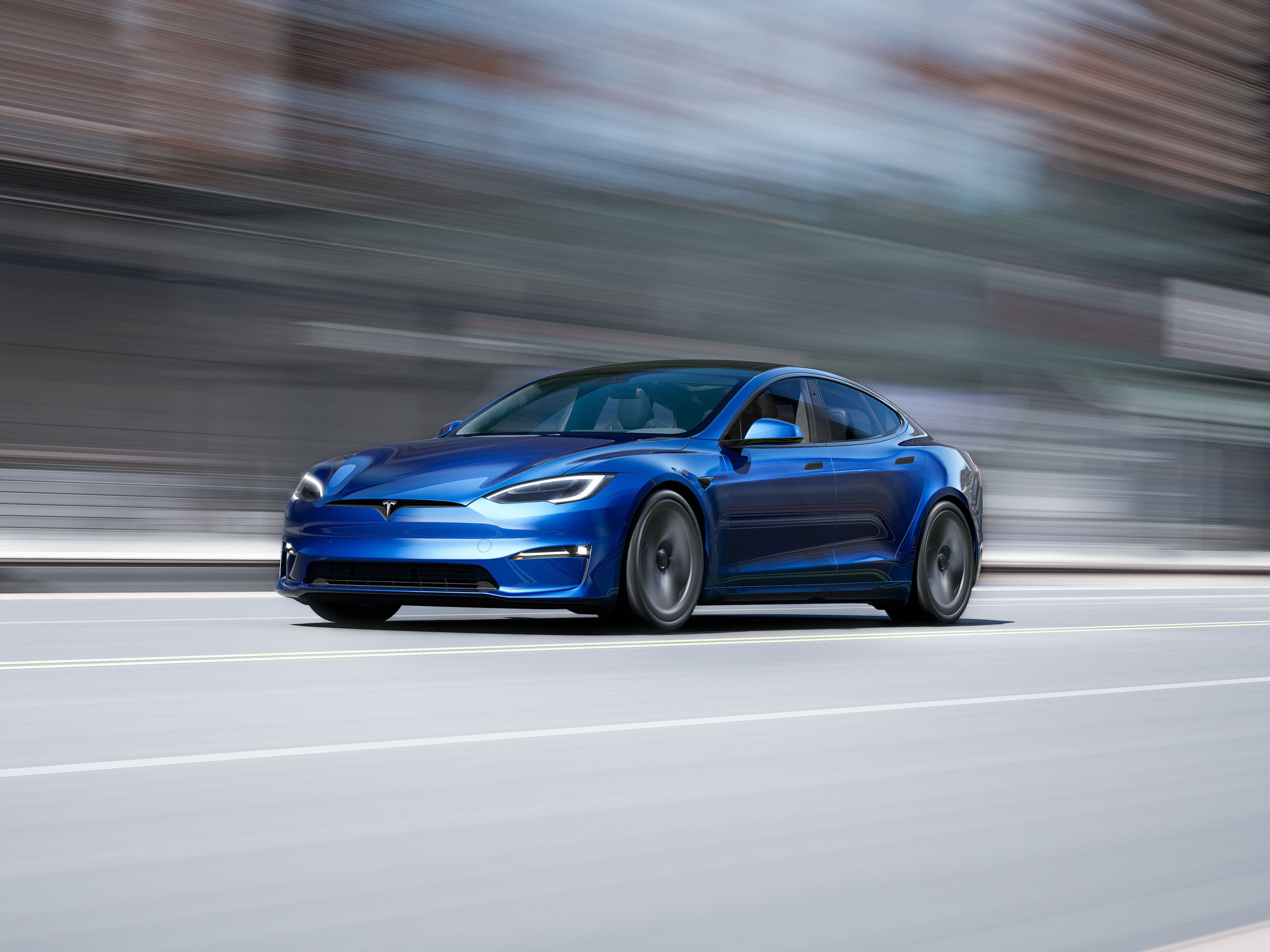
Why It Dropped:
Early Model S batteries suffered from degradation, and Tesla’s rapid updates made older models obsolete. High maintenance costs (air suspension, door handles) scared off used buyers.
2. Fiat 500e (2015) – 88.33% Depreciation
MSRP: $32,780 → 2025 Value: $3,827
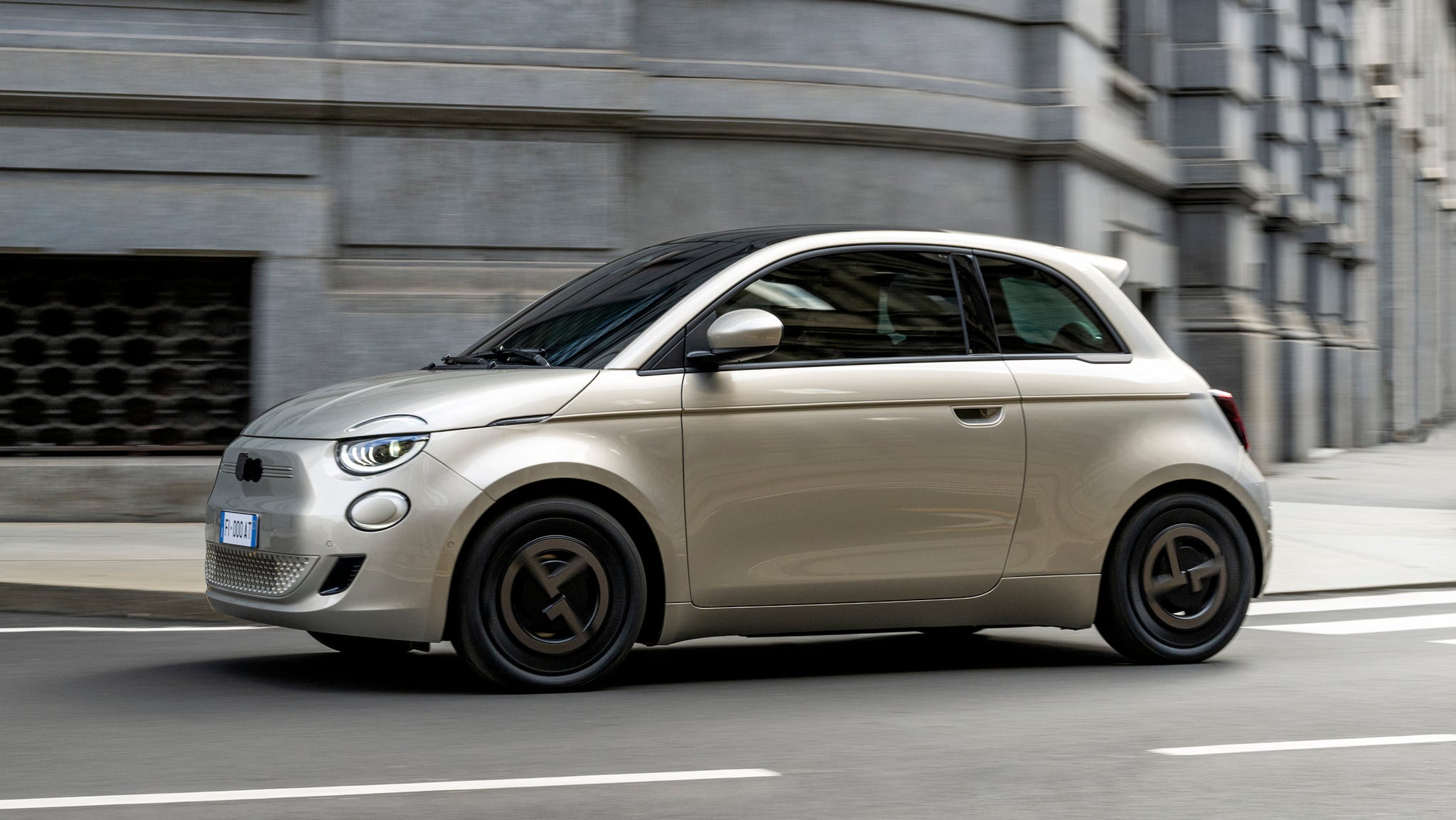
Why It Dropped:
A compliance car with just 87 miles of range, no fast charging, and minimal support. Most were leased, flooding the used market with unwanted EVs.
3. BMW i3 (BEV, 2015) – 86.31% Depreciation
MSRP: $43,395 → 2025 Value: $5,940
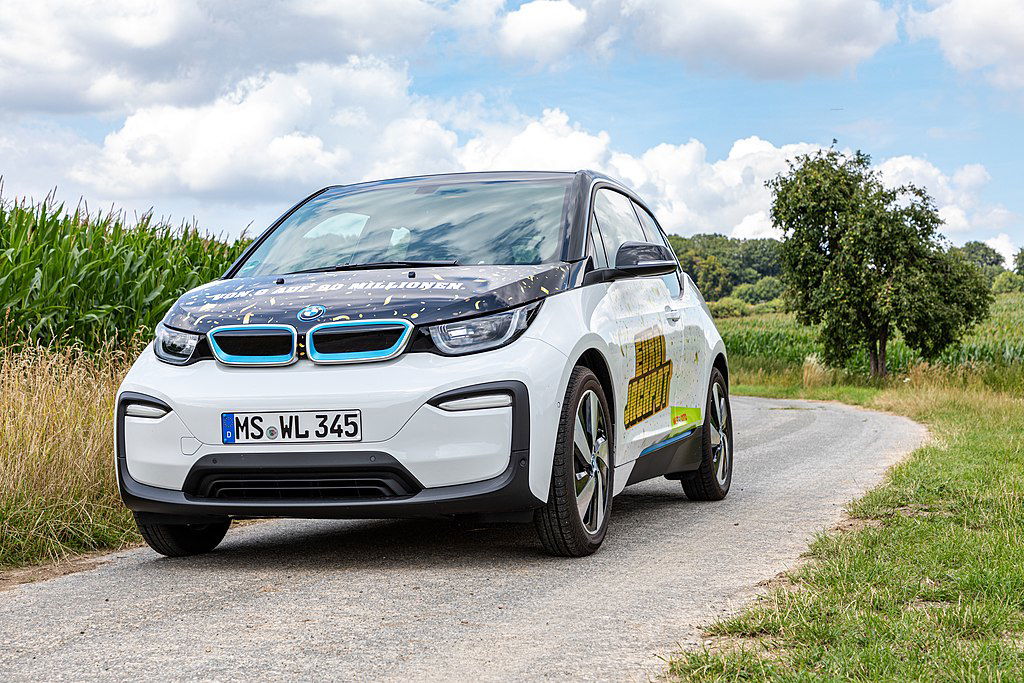
Why It Dropped:
The i3’s tiny 22 kWh battery (81 miles of range) and carbon fiber repair costs destroyed resale value. Weird design didn’t help.
4. Peugeot iOn (2015) – 83.80% Depreciation
MSRP: $35,800 → 2025 Value: $5,800
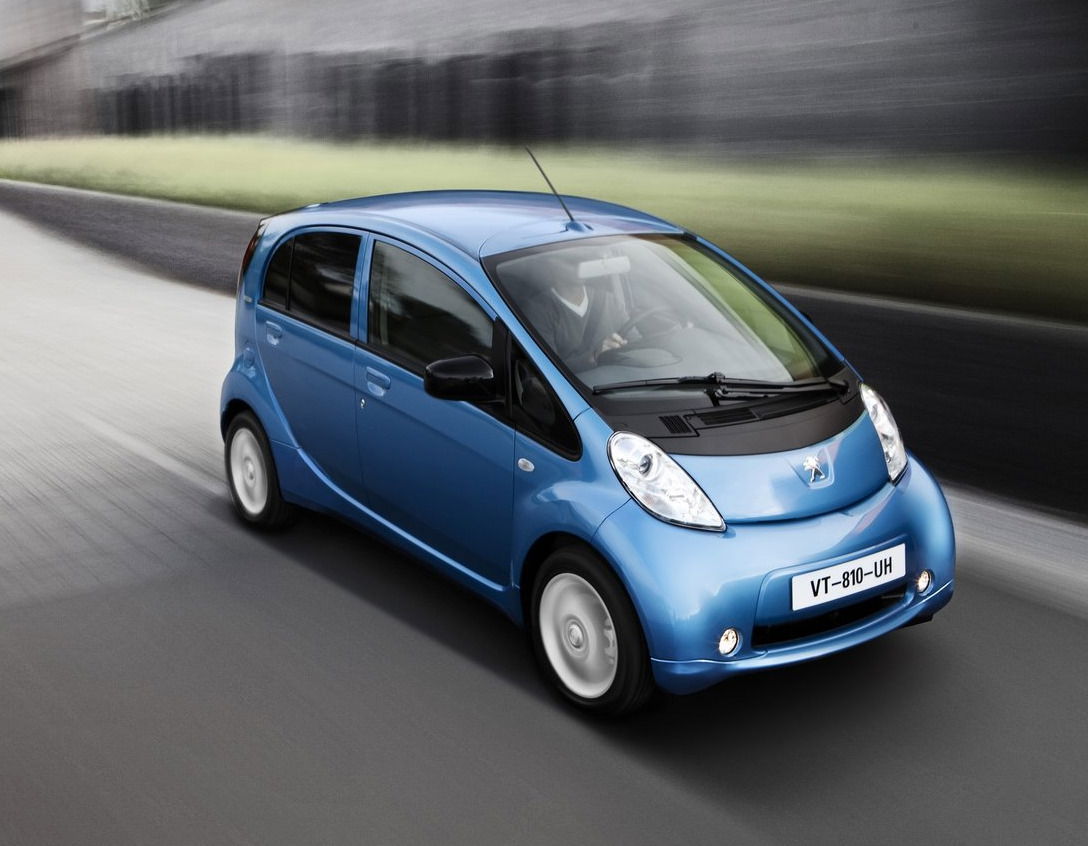
Why It Dropped:
Essentially a rebadged Mitsubishi i-MiEV with the same flaws: 62-mile range, slow charging, and no demand.
5. Nissan Leaf (2015) – 82.08% Depreciation
MSRP: $29,010 → 2025 Value: $5,200
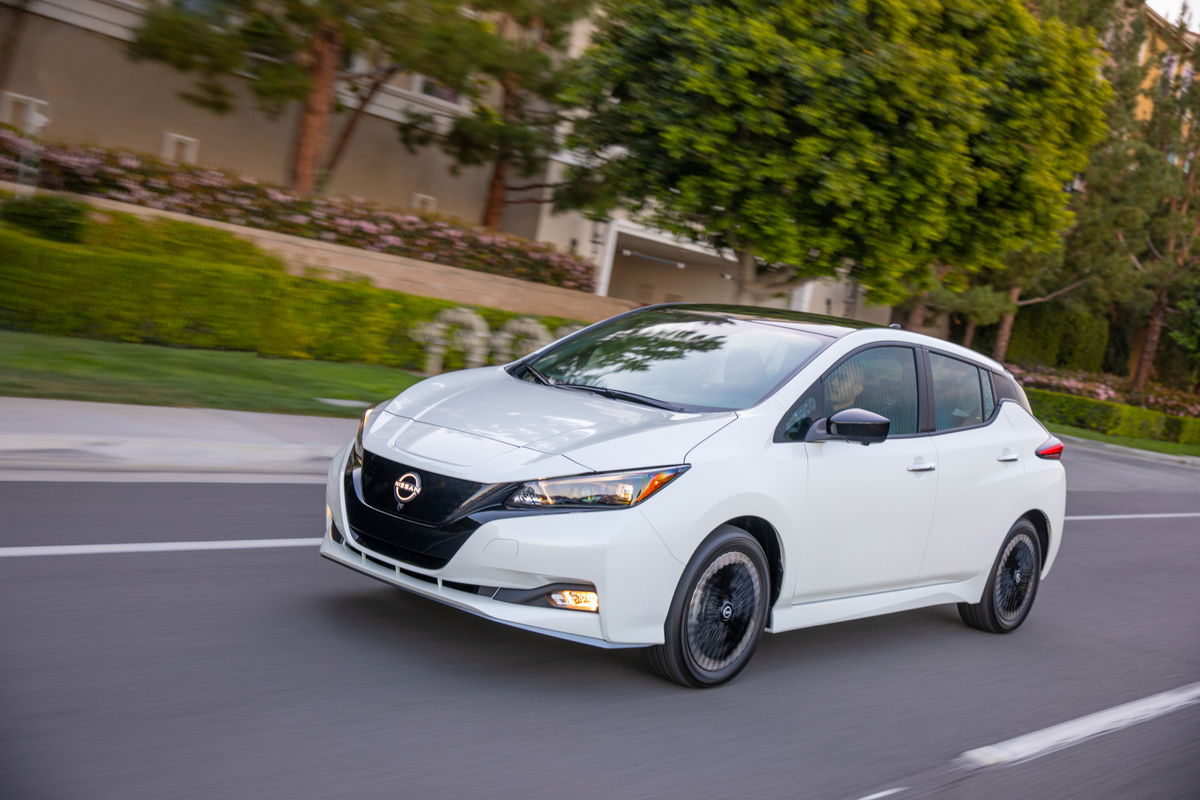
Why It Dropped:
No battery cooling led to severe degradation. A 2015 Leaf might now have <50 miles of range, making it nearly worthless.
6. Mercedes-Benz B-Class Electric (2015) – 81.91% Depreciation
MSRP: $41,450 → 2025 Value: $7,500
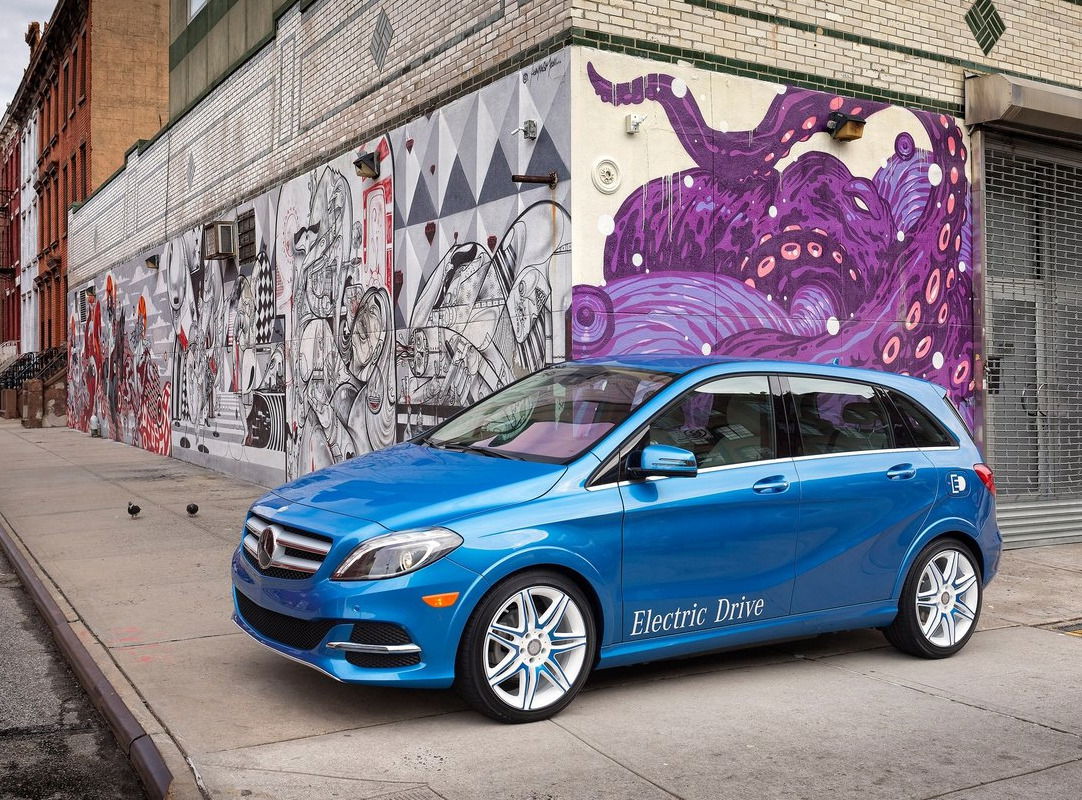
Why It Dropped:
A converted gas car with Tesla powertrain parts but no support. Expensive repairs and outdated tech killed its value.
7. Ford Focus Electric (2015) – 79.97% Depreciation
MSRP: $29,120 → 2025 Value: $5,833
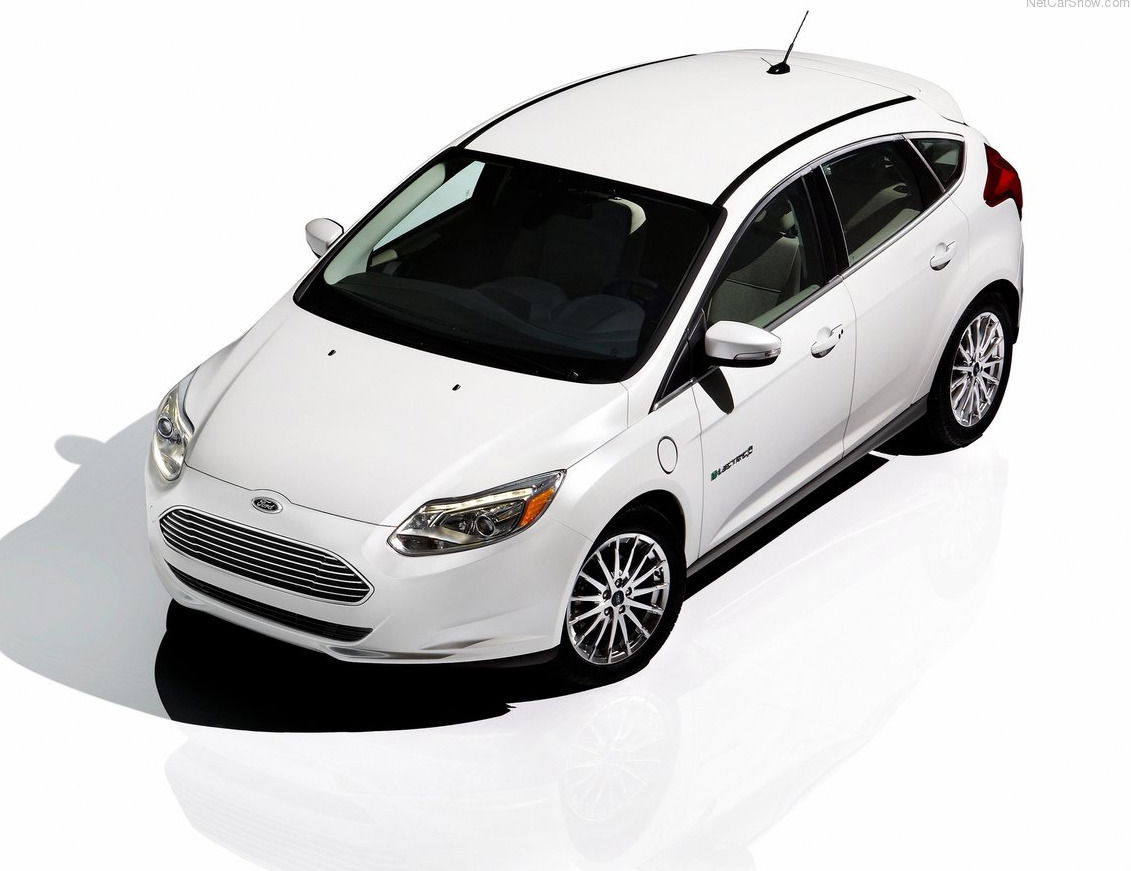
Why It Dropped:
Discontinued in 2018 with just 76 miles of range. No thermal management meant battery degradation was brutal.
8. Kia Soul EV (2015) – 79.83% Depreciation
MSRP: $35,700 → 2025 Value: $7,200
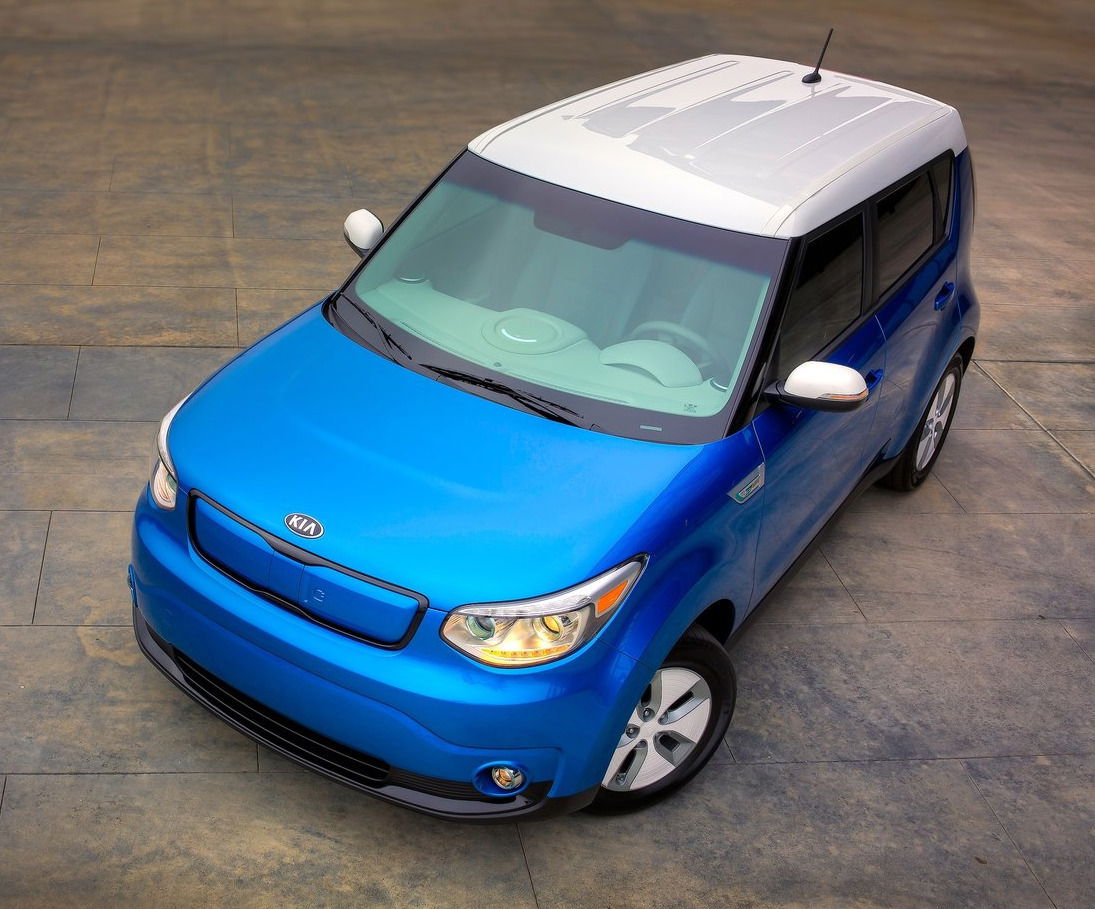
Why It Dropped:
Early models had poor battery longevity, and Kia pivoted to newer EVs, abandoning this generation.
9. Chevrolet Spark EV (2015) – 79.23% Depreciation
MSRP: $25,995 → 2025 Value: $5,400
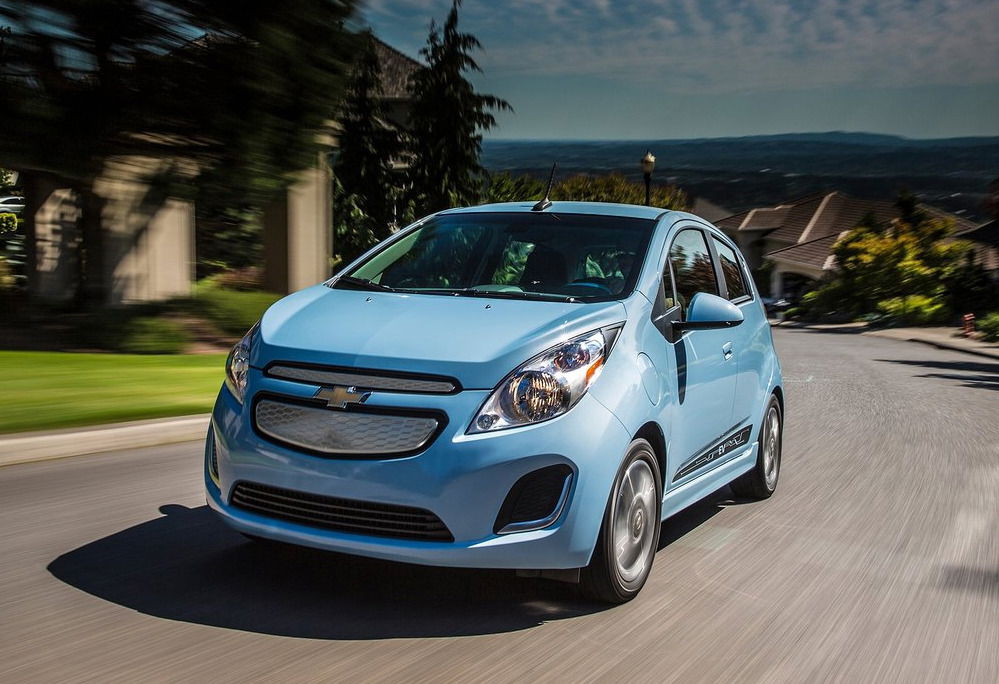
Why It Dropped:
A city-only EV with 82 miles of range and no future. GM killed it to focus on the Bolt.
10. Volkswagen e-Golf (2015) – 78.59% Depreciation
MSRP: $35,500 → 2025 Value: $7,600
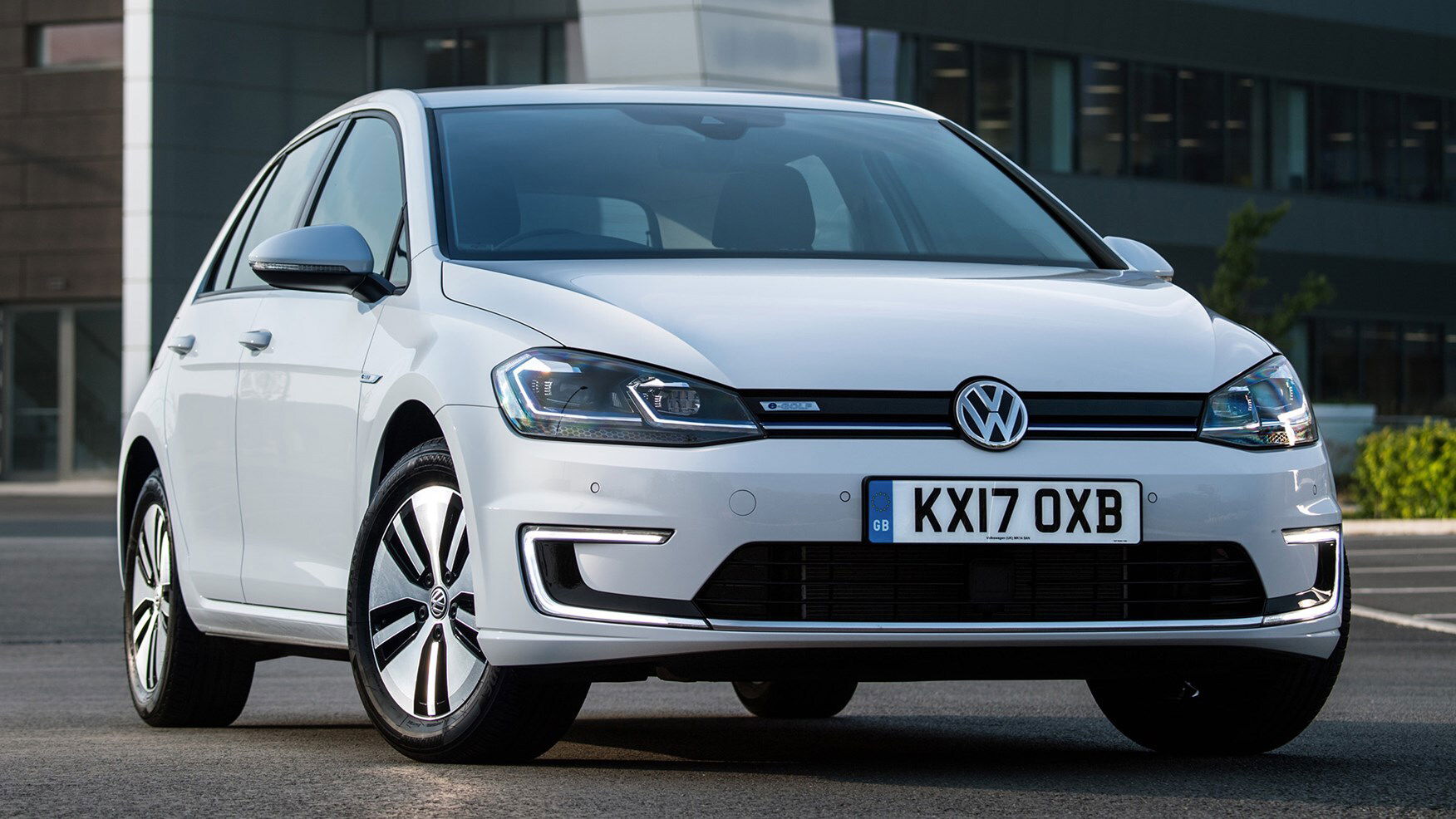
Why It Dropped:
A stopgap EV before the ID.3. Slow charging (50 kW max) and limited range (83 miles) made it irrelevant fast.
See also:
Key Takeaways
- Worst Offenders:
Early luxury EVs (Tesla Model S, BMW i3) and compliance cars (Fiat 500e, Spark EV) fared the worst.
- Common Flaws:
No battery cooling, ultra-short ranges, and discontinued models led to near-total value loss.
- Today’s EVs Fare Better:
Modern EVs with 200+ miles of range and liquid-cooled batteries will likely hold value better.
EVs That Defy Depreciation
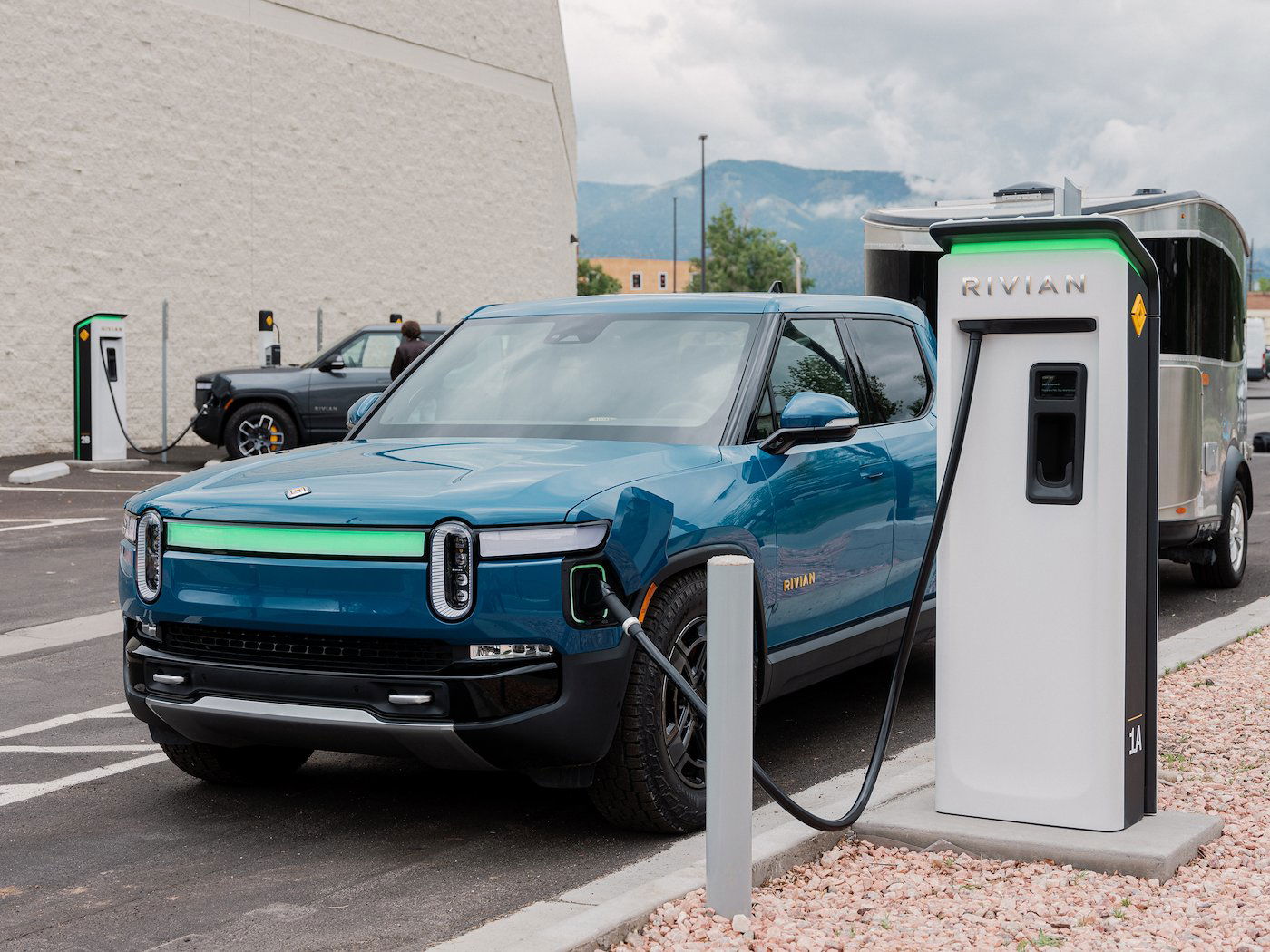
While most EVs plummet in value, a few hold strong—Porsche Taycan, Rivian R1T, and Tesla Model 3 lead the pack. The Porsche Taycan retains 50–55% of its value after three years, per iSeeCars—far better than luxury rivals like the Audi e-tron (37%).
Porsche’s brand prestige, performance pedigree, and lower production volume protect its resale value. Rivian R1T bucks the trend with strong demand in the used market. A 2023 Rivian R1T has depreciated about 29% in two years, resulting in a resale value of around $52,512, says Kelley Blue Book.
Similarly, a 2022 Rivian R1S has depreciated 26% in three years, with a current resale value of $56,917, thanks to rugged appeal, limited supply, and cult-like brand loyalty.
Even among Teslas, the Model 3 stands out—multiple sources show it retains 65% after three years, beating the Model S (42%) and X (48%). Its affordability, software updates, and proven reliability make it the safest Tesla bet.
These outliers prove not all EVs are depreciation disasters—brand strength, utility, and smart engineering can defy the trend.
Smart Ways To Outsmart EV Depreciation
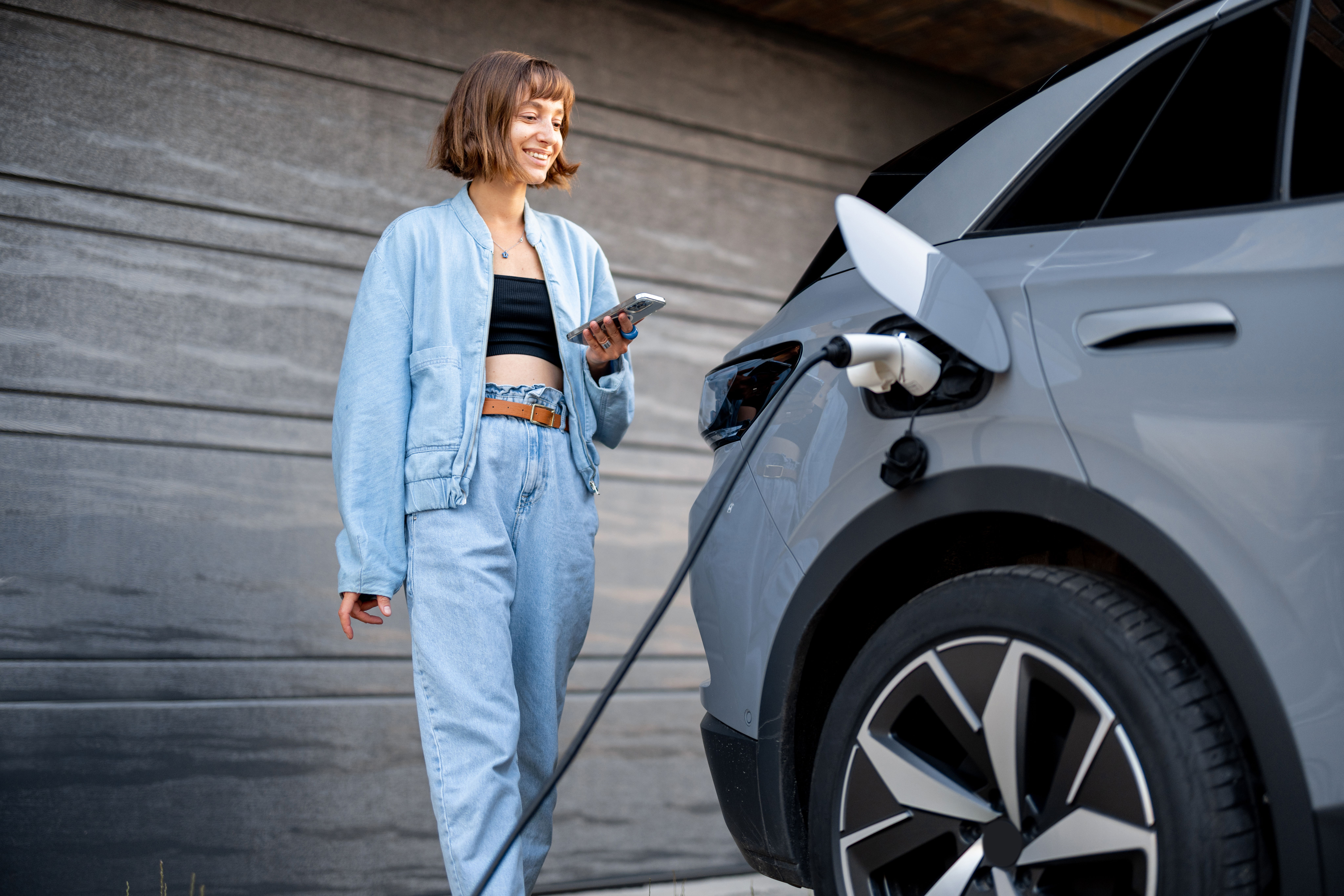
The biggest secret to minimizing EV depreciation is understanding how battery warranty length directly impacts resale value. Hyundai’s 10-year coverage or Tesla’s 8-year warranty reassure buyers, while short warranties (like early Nissan Leaf’s 5-year) spell disaster.
Discontinued EVs (think Chevy Bolt) or niche models (Fiat 500e) become unsellable fast—stick to high-volume, supported vehicles. Software-updatable EVs age better—Teslas and Rivians get over-the-air improvements that keep features fresh, while older EVs with stagnant tech (2015 BMW i3) feel obsolete.
Leasing can be smarter than buying for rapid-depreciating models—data from ALG shows some EVs lose 60% in three years, making leases (where the lender eats the risk) a safer bet.
Finally, battery health reports matter—EVs with verified degradation under 10% (like well-maintained Model 3s) sell faster and for 15–20% more than unknowns. Depreciation isn’t inevitable—just predictable.